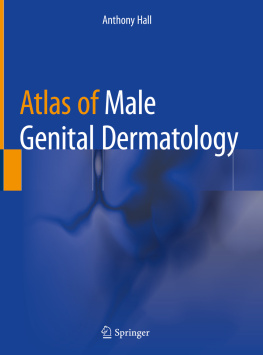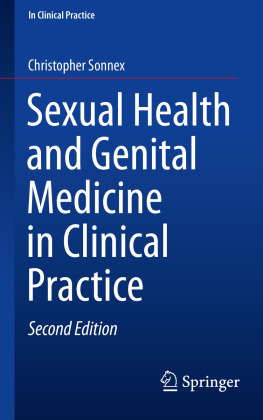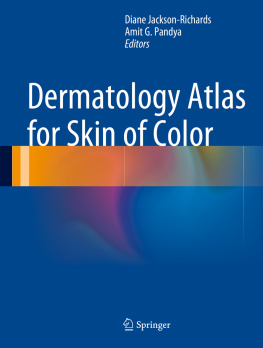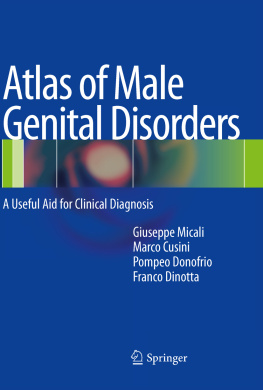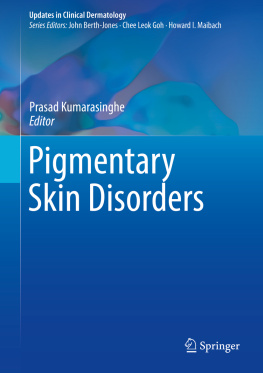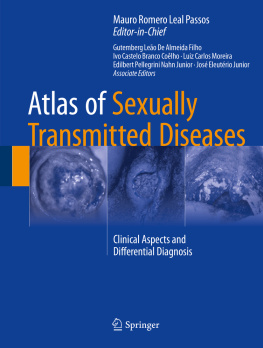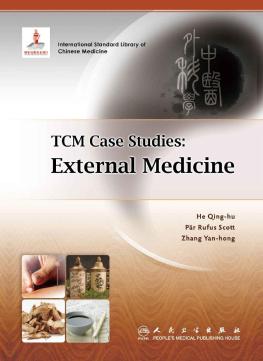Anthony Hall
School of Medicine, Deakin University, Geelong, VIC, Australia
Skin and Cancer Foundation Inc, Carlton, VIC, Australia
ISBN 978-3-319-99749-0 e-ISBN 978-3-319-99750-6
https://doi.org/10.1007/978-3-319-99750-6
Library of Congress Control Number: 2018960383
Springer Nature Switzerland AG 2019
This work is subject to copyright. All rights are reserved by the Publisher, whether the whole or part of the material is concerned, specifically the rights of translation, reprinting, reuse of illustrations, recitation, broadcasting, reproduction on microfilms or in any other physical way, and transmission or information storage and retrieval, electronic adaptation, computer software, or by similar or dissimilar methodology now known or hereafter developed.
The use of general descriptive names, registered names, trademarks, service marks, etc. in this publication does not imply, even in the absence of a specific statement, that such names are exempt from the relevant protective laws and regulations and therefore free for general use.
The publisher, the authors, and the editors are safe to assume that the advice and information in this book are believed to be true and accurate at the date of publication. Neither the publisher nor the authors or the editors give a warranty, express or implied, with respect to the material contained herein or for any errors or omissions that may have been made. The publisher remains neutral with regard to jurisdictional claims in published maps and institutional affiliations.
This Springer imprint is published by the registered company Springer Nature Switzerland AG
The registered company address is: Gewerbestrasse 11, 6330 Cham, Switzerland
Preface
The perception of most patients and health professionals is that genital disease is mostly sexually transmissible infections (STIs). This approach leads to a diligent search for a sexually transmissible disease (STD) while the patient is left waiting with anxiety and fears. Once investigations are found to be negative for any sexually transmissible disease, many patients are simply informed they do not have an STD and discharged from care. Often no further treatment or advice is offered. Many patients are left uncertain of their diagnosis with persisting symptoms and some still fear they have cancer.
In reality, most genital disease is skin disease of the male genitalia. Most genital skin disease is either a common inflammatory skin disease involving genitalia, a benign skin disease with predilection for genitalia, or genital dysesthesia. Only a minority of patients with genital skin disease have an STD, and fewer have premalignant or an invasive genital cancer.
Most patients with genital disease are managed well by their family physician, sexual health physician, infectious disease physician, urological surgeon, or gynecologist. This atlas brings the perspective of a dermatologist who specializes in male genital skin diseases.
Managing patients with genital skin disease is both challenging and extremely rewarding. Making the correct diagnosis is fundamental to helping our patients. Hopefully this atlas will aid other health professionals in this field in making a correct diagnosis and offering appropriate treatments for our patients.
Anthony Hall
Geelong, VIC, Australia Carlton, VIC, Australia

